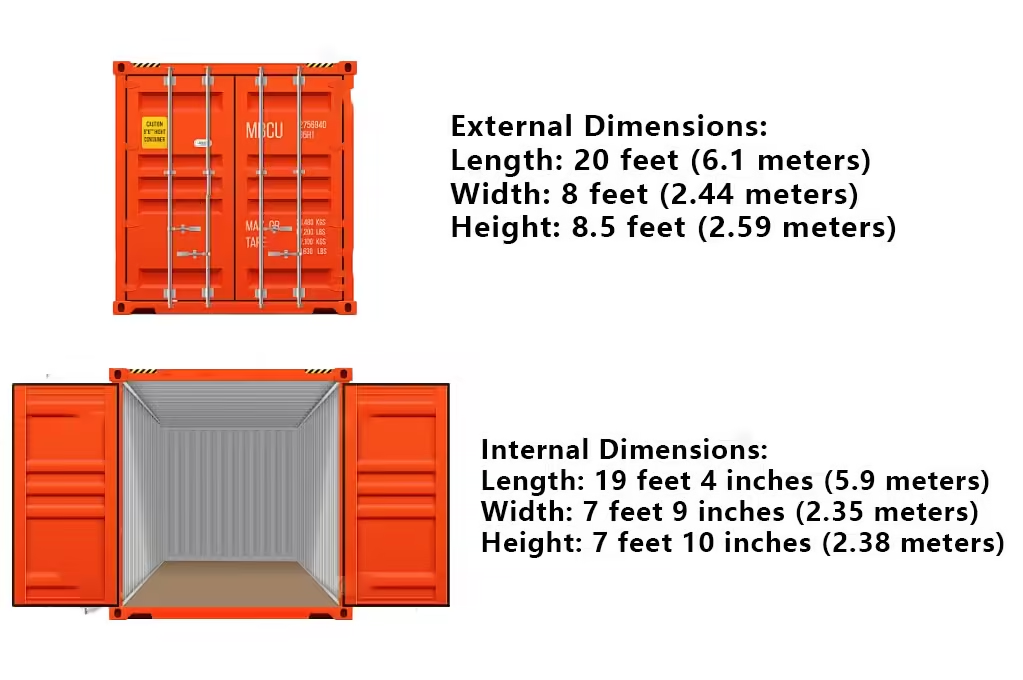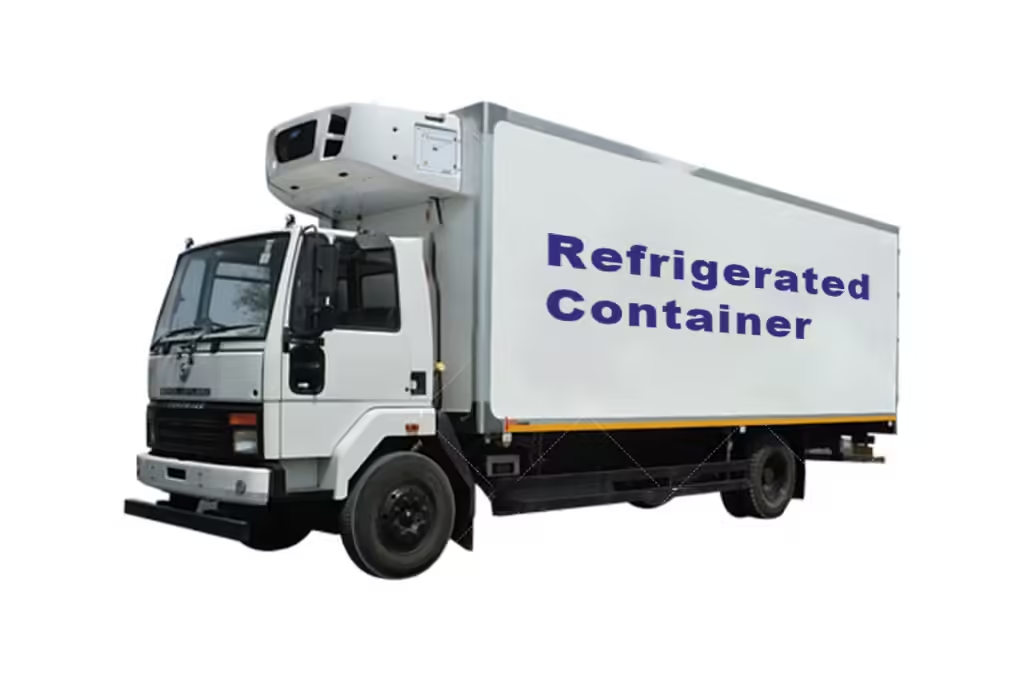When it comes to shipping goods internationally or domestically, the standardization of shipping containers plays a critical role. Knowing the dimensions of these containers can help businesses and individuals maximize their shipping efficiency and ensure that their cargo fits securely. So, what are the dimensions of a shipping container? Let’s delve into the specifics and explore the various types of shipping containers available today.
Standard Shipping Container Dimensions
The most frequently encountered shipping containers are the 20-foot and 40-foot models. These containers have been standardized to facilitate easy loading and unloading, as well as seamless transport via ships, trains, and trucks, ensuring interoperability across different modes of transportation and enhancing logistical efficiency globally.
20-Foot (6.1 m) Shipping Container
The 20-foot shipping container is the smallest of the standard sizes and is widely used for domestic moves, small-scale shipping, and temporary storage. Its compact design allows for easy maneuverability and stacking, making it a versatile option for various applications.
External Dimensions:
- Length: 20 feet (6.1 meters)
- Width: 8 feet (2.44 meters)
- Height: 8.5 feet (2.59 meters)
Internal Dimensions:
- Length: 19 feet 4 inches (5.9 meters)
- Width: 7 feet 9 inches (2.35 meters)
- Height: 7 feet 10 inches (2.38 meters)

40-Foot (12.2 m) Shipping Container
For larger shipments, the 40-foot container is a preferred choice, offering almost twice the volume of the 20-foot model. Its dimensions include:
- Length: 40 feet (12.2 meters)
- Width: 8 feet (2.44 meters)
- Height: Similar to the 20-foot container, it is 8.5 feet (2.59 meters) tall, but high cube versions measure 9.5 feet (2.9 meters).
The internal dimensions are:
- Internal Length: Approximately 39 feet 6 inches (12 meters)
- Internal Width: About 7 feet 9 inches (2.35 meters)
- Internal Height: Around 7 feet 10 inches (2.38 meters) for standard height containers.
Specialized Containers for Specific Needs
While the 20-foot and 40-foot containers are widely used, there are specialized containers tailored to meet the specific needs of certain cargoes. These specialized units are equipped with unique features that enhance their functionality, ensuring that particular types of goods are transported under optimal conditions.
High Cube Containers
High cube containers are taller than standard containers, providing extra vertical space. This additional height is particularly useful for goods that need to be stacked higher or require more headroom. High cube containers generally have the following dimensions:Height: 9.5 feet (2.9 meters)
Refrigerated Containers (Reefer Containers)
Refrigerated containers, or reefers, are designed to maintain specific temperatures during transit. They are used for perishable goods such as food, pharmaceuticals, and chemicals. The dimensions are generally the same as standard containers, but they include:Built-in refrigeration units

Open-Top Containers
Open-top containers are used for cargo that is too large to fit through the standard doors of a shipping container. These containers have a removable roof, allowing for the loading and unloading of oversized items from the top. Their dimensions are:Similar to standard containers but with a removable roof
Flat Rack Containers
Flat rack containers feature collapsible ends and are designed to accommodate large, oddly shaped cargo that requires loading from the side or top. These versatile containers are particularly useful for transporting items such as vehicles, boats, and heavy machinery, making them an indispensable option for handling bulky or non-standard freight.
Understanding the dimensions of shipping containers is vital for optimizing cargo space and ensuring that your goods are shipped safely and efficiently. Accurate knowledge of these dimensions helps in planning the layout of goods within the container, preventing damage and maximizing the use of available space. Whether you are dealing with standard containers or specialized ones designed for specific cargoes, selecting the correct dimensions can significantly impact the success of your shipping operations. Proper sizing ensures compliance with shipping regulations, reduces costs associated with oversized shipments, and guarantees that your cargo reaches its destination in optimal condition.
